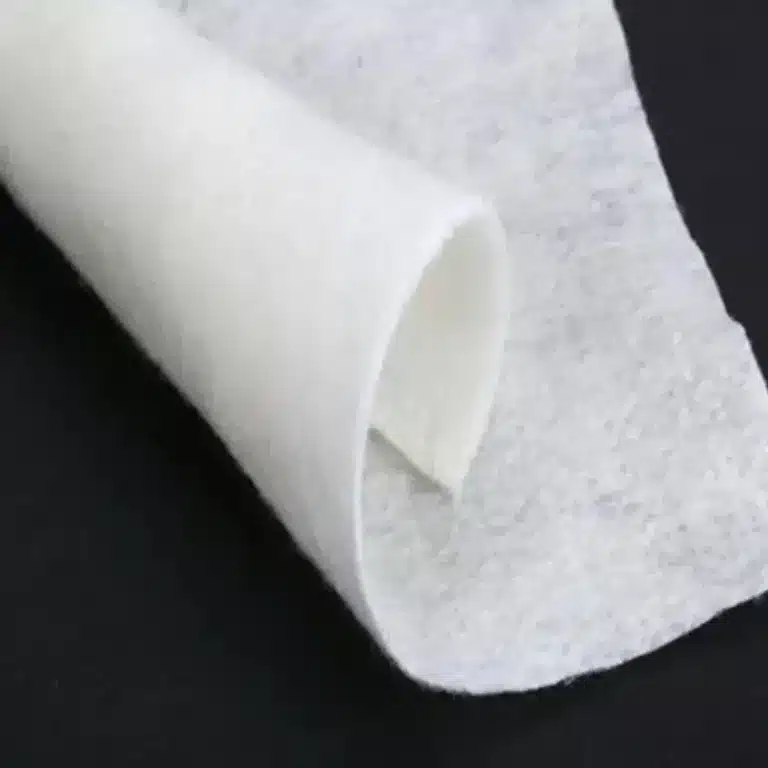GFS2000
1、100% Polypropylene Staple Fiber Needle Punched Non Woven Geotextile.
2、The high-quality PET raw material offers the most cost-effective range of geotextiles bringing the maximum value to your project.
3.Manufactured from short fibers that are crimped, this range of geotextiles offers excellent energy absorption characteristics as well as superior filtration performance.

